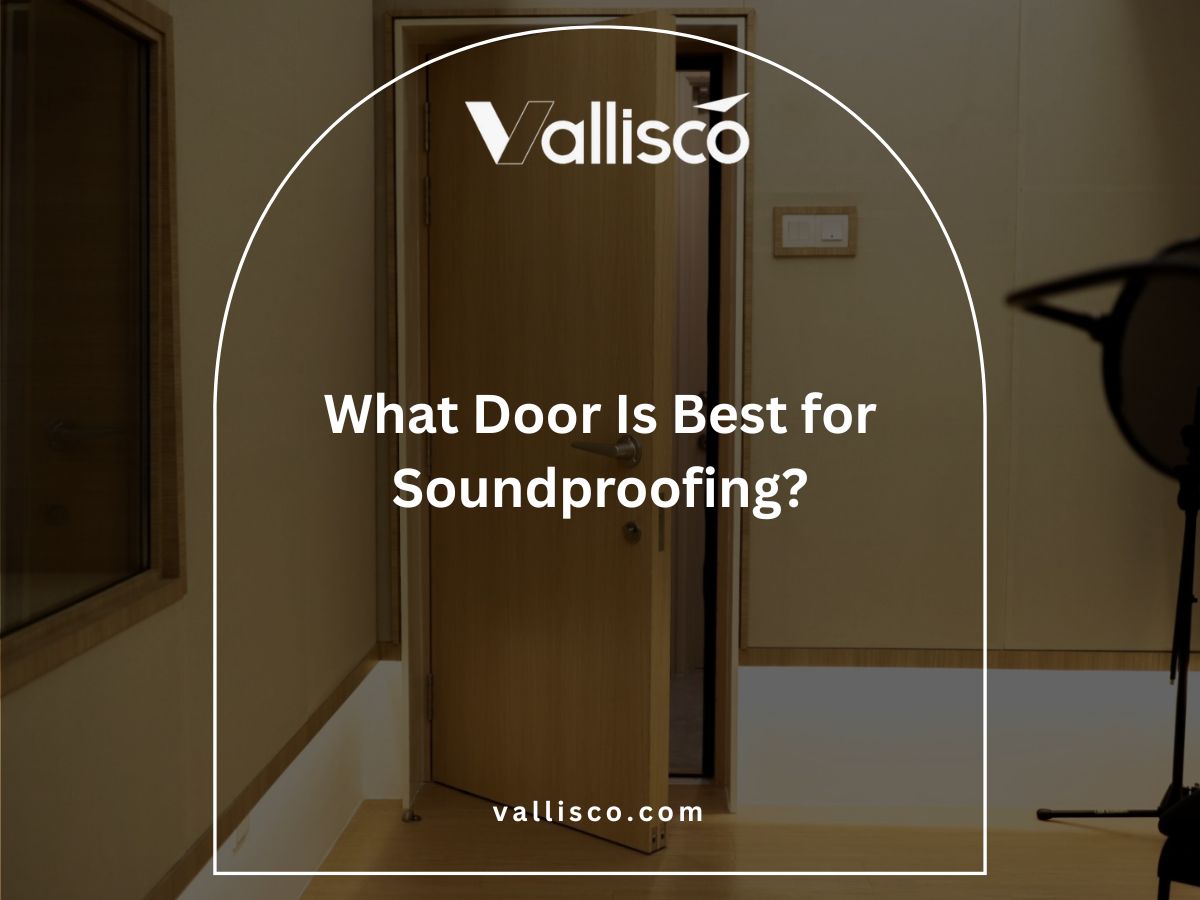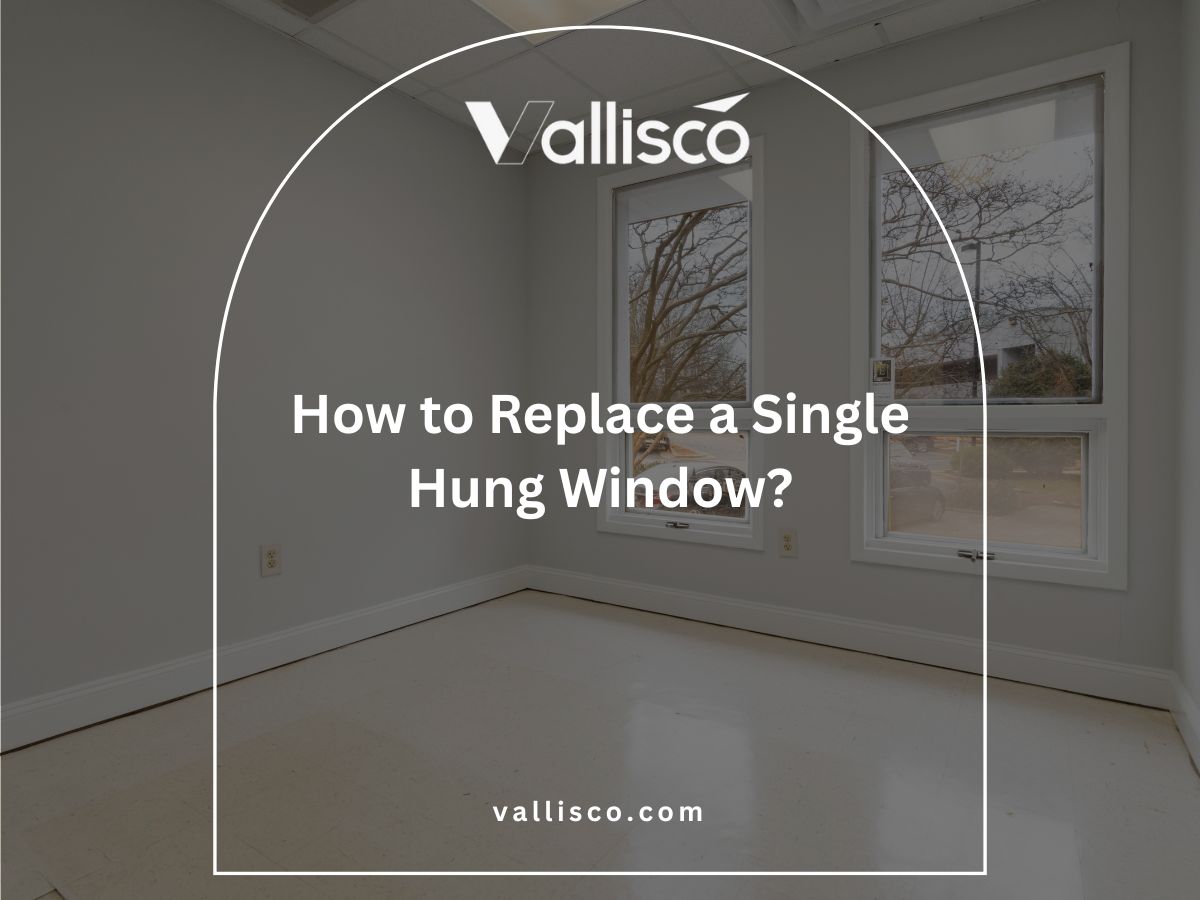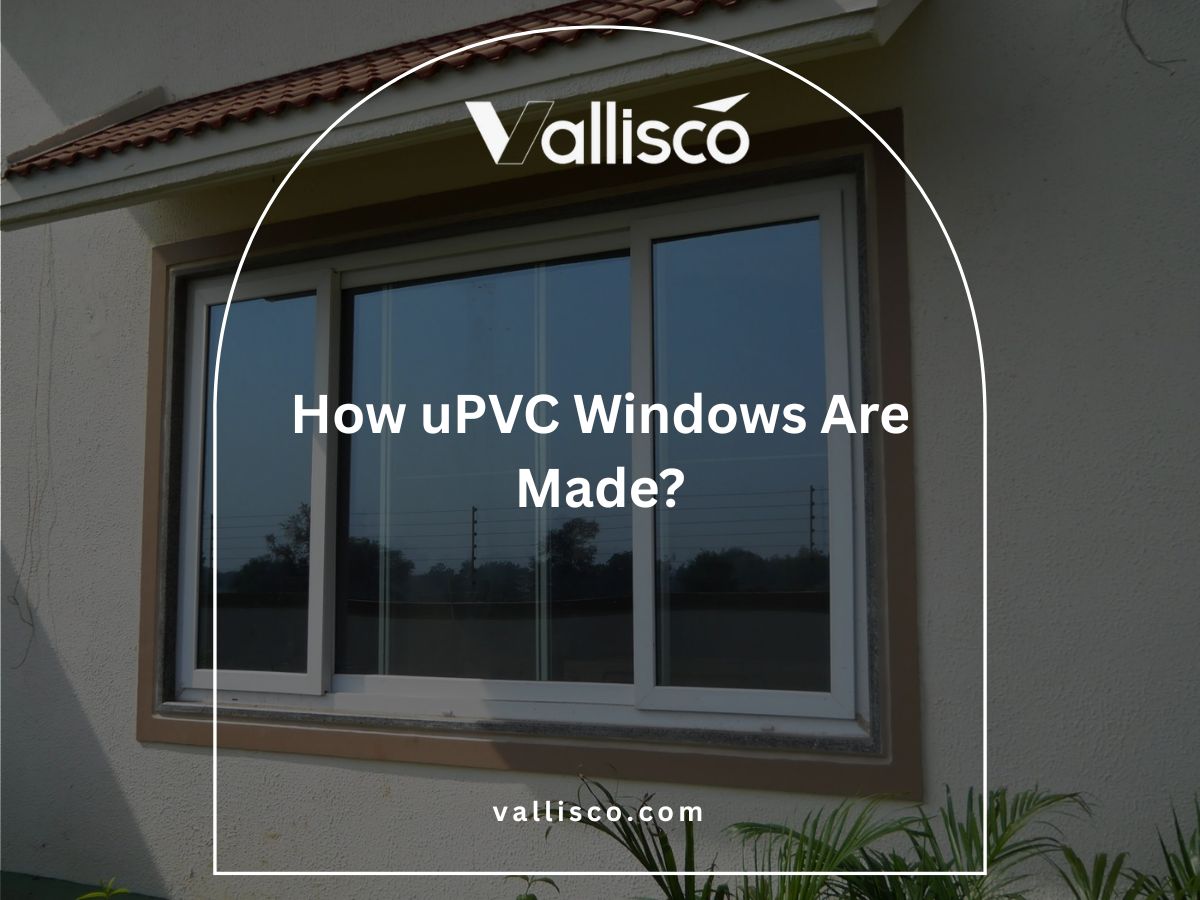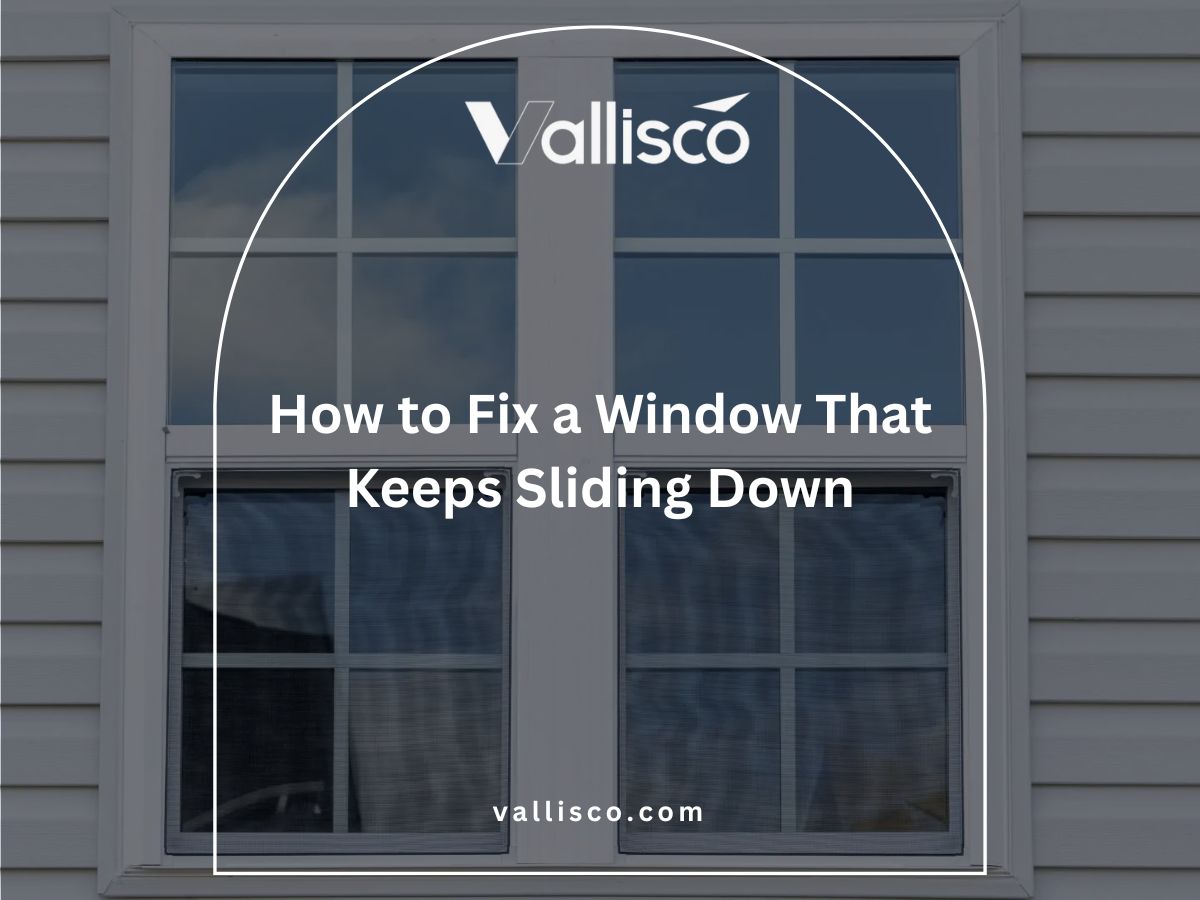We’ve worked with plenty of homeowners, hotel managers, and construction teams over the years, and we know the struggle. The wrong door choice can stall an entire project.
You need something that looks right for space, lasts through years of use, and fits within the budget. That balance isn’t easy to find.
We’ve supplied their products for years entry doors, interior styles, and glass panel options. We’ve seen them go from delivery to installation, and we’ve also seen how they perform after a few seasons of use.
This guide is here to share that experience the good and the areas worth thinking about. If you’re trying to decide whether Glasscraft is the right fit for your property, project, or rental, you’ll find what you need here to make that choice with confidence.
So let’s get down to it!
1. What Are Glasscraft Doors?
Glasscraft Doors are made by Glasscraft Door Company, a Texas-based manufacturer that produces a wide range of entry and interior doors. Many of their designs feature decorative glass, wood finishes, or a mix of both. They offer doors in different materials like solid wood, fiberglass, and steel. Fiberglass is a material made to look like wood but needs less upkeep, while steel provides extra strength and security.
I’ve seen their doors used in villas, B&Bs, and hotels. Solid wood models give a warm, natural feel, while fiberglass and steel hold up well against weather and heavy use. What I notice most is how their styles fit into both modern and classic spaces. If you need a door that looks good and lasts, Glasscraft offers plenty of choices that can work for your project.
2. Glasscraft Door Types & Collections
Glasscraft offers a range of doors built for different styles, climates, and budgets. Their collections include classic wood looks, modern glass designs, and durable materials that can handle heavy use. Whether you are outfitting a new villa, updating a hotel entry, or finishing a greenhouse, you will find a type that fits your project.
Fiberglass Doors
Fiberglass is made from glass fibers and resin, formed into panels that can mimic natural wood grain. It is lighter than wood and resists moisture damage. I have seen fiberglass doors in coastal hotels where salty air usually causes problems, and they still looked great after years of use.
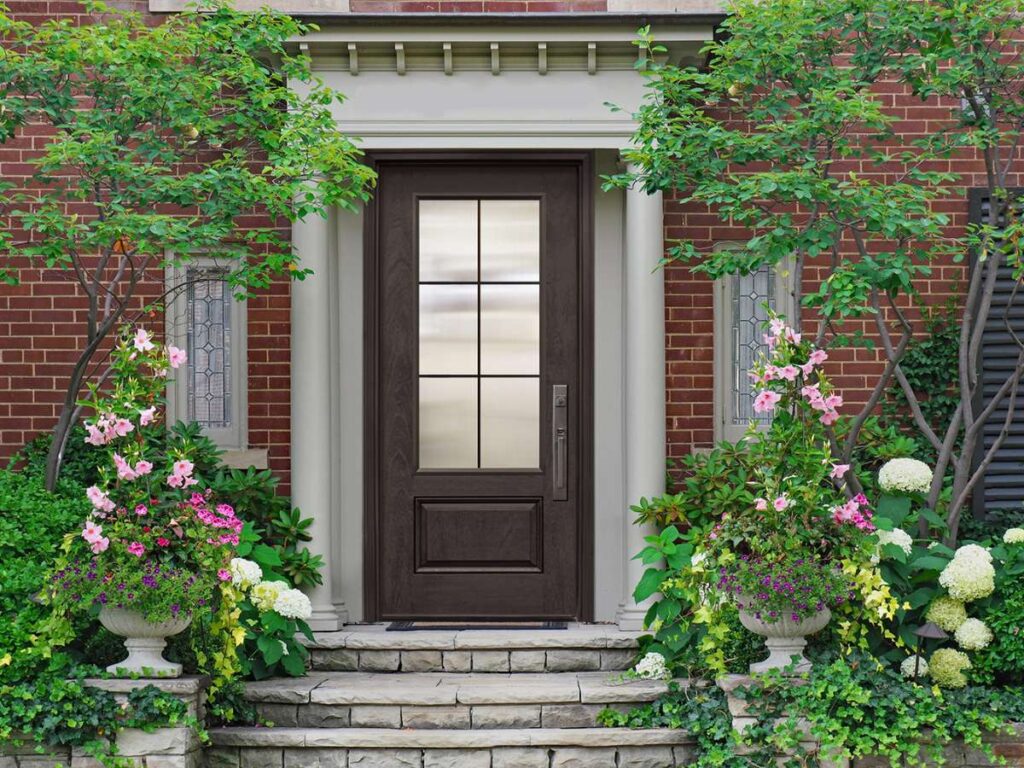
Wood Doors
Wood doors bring natural warmth and character. Glasscraft works with hardwoods like mahogany, oak, and knotty alder. They have weight and presence that make an entryway stand out. The trade-off is that they need regular sealing or painting to protect them from weather.
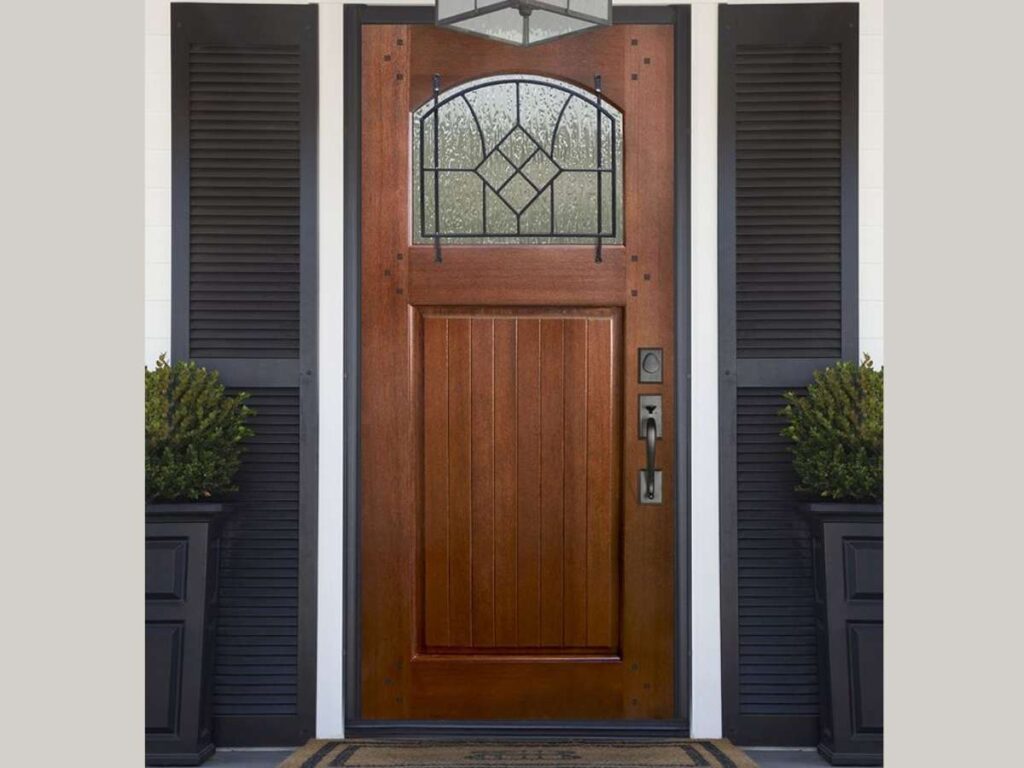
Steel Doors
Steel doors combine a metal surface with a foam core for insulation. They are strong, resist dents, and work well at busy entry points. I have recommended steel to B&B owners who wanted security without losing style.
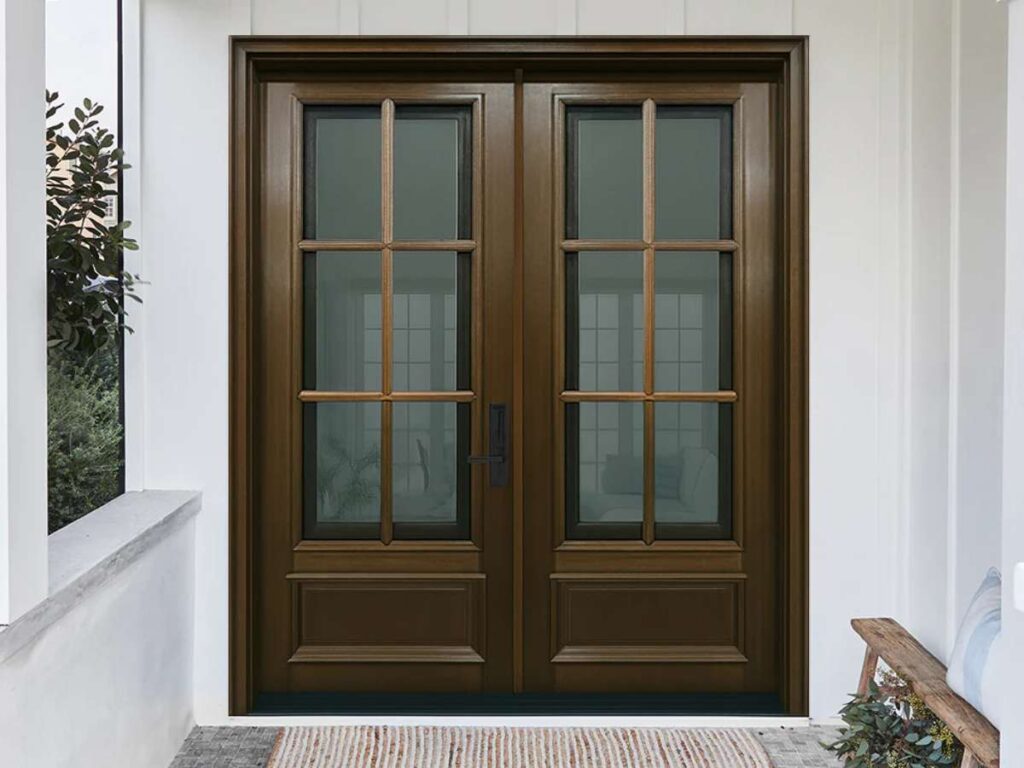
Specialty Collections
The Craftsman collection features simple lines with rectangular glass panels that work well in both modern and traditional spaces. The Rustic collection uses distressed finishes and decorative iron accents to give a weathered, aged look. The contemporary collection highlights smooth surfaces, clean frames, and large glass inserts for a modern feel.
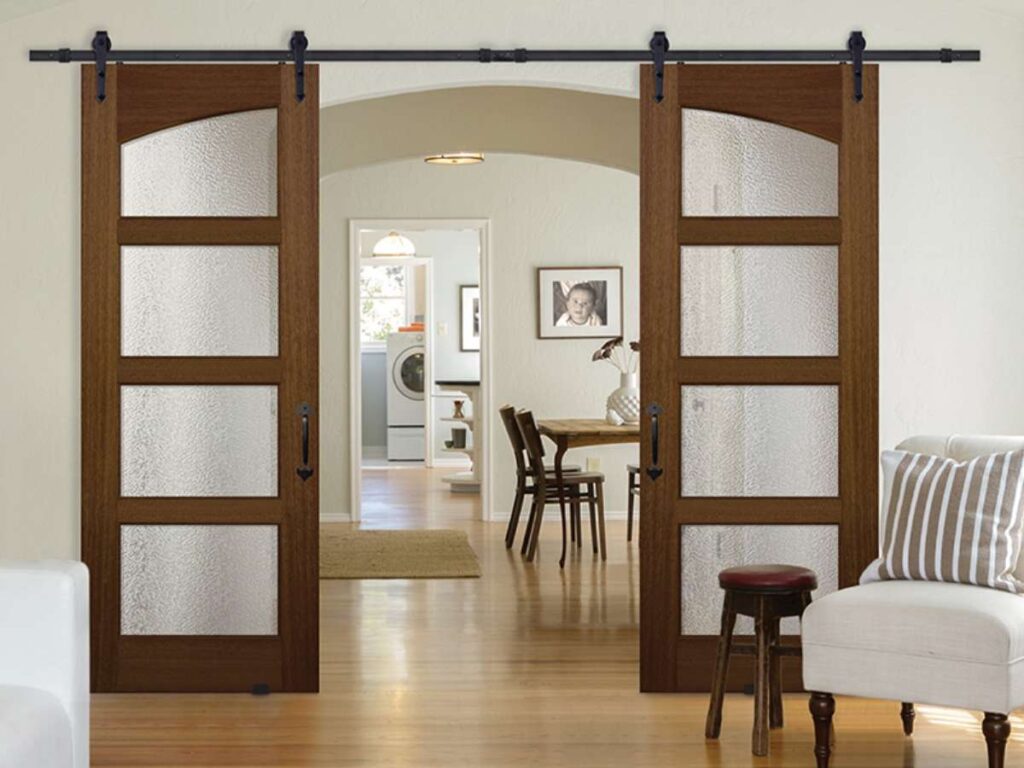
3. Material Options: Wood vs Fiberglass vs Iron
Choosing the right material for a door is more than just a style decision. It affects how the door looks, feels, and performs over time. Glasscraft offers three main materials: wood, fiberglass, and iron. Each has strengths and trade-offs, so it helps to see them side by side.
| Material | Best For | Strengths | Drawbacks | Climate Suitability | Maintenance Needs | Cost Range | Style Notes |
| Solid Wood | Traditional villas, rustic homes, high-end hotels | – Natural grain and texture – Warm, classic appearance – Can be custom carved or shaped | – Can swell or warp in high humidity – Needs sealing or staining often – Not ideal for coastal areas | Dry or moderate climates (avoid wet or humid zones) | High: needs regular refinishing, sealing, and protection from moisture | $$$ – Often the most expensive due to material and labor | Works well with arched, carved, or detailed designs. Great for heritage-style builds. |
| Fiberglass (ThermaPlus) | Coastal homes, greenhouses, busy family properties, humid regions | – Looks like wood but resists moisture – Won’t crack, split, or swell easily – Energy-efficient for insulation | – Not real wood (some customers feel it looks less natural up close) – Fewer high-end custom options | Excellent in high-humidity or coastal climates Handles sun, rain, and salty air well | Low: just needs occasional cleaning with soap and water | $$ – Mid-range pricing; good balance of cost and durability | Suits clean-lined modern homes or craftsman styles. Wood-look options can match rustic settings too. |
| Iron | Inns, hotels, gated villas, security-focused entries | – Very strong and secure – Long-lasting when maintained – Adds luxury and visual weight to entryways | – Heavy: may need reinforced framing – Can rust over time if not treated – Limited design flexibility | Dry to moderate climates Can work in wet areas if sealed and painted regularly | Medium to High: needs rust-proof coating or repainting over time | $$$ – Custom iron designs and weight add to total cost | Best for grand entrances or Mediterranean designs. Often includes scrollwork and decorative glass. |
From my experience, the best way to decide is to start with how you need the door to function. Once you know your priorities for durability, style, and upkeep, the right material becomes much easier to choose.
4. Glass Options: Privacy, Design & Energy Efficiency
The glass you choose for a door can change its look, how much light it lets in, and even how much privacy you have inside. Glasscraft offers many styles, from clear glass to textured designs. Each option plays a role in the way your door functions and feels.
Privacy Glass
Privacy glass is designed to let light through while making it hard to see inside. It can be frosted, textured, or patterned. I have supplied privacy glass doors for hotels where guest rooms faced public walkways. They kept the interiors bright without sacrificing seclusion.

Decorative Glass
Decorative glass focuses on style. It can feature etched patterns, colored glass, or leaded designs. These details can match your property’s theme, whether it is rustic, modern, or classic. I once saw a B&B use stained glass panels in their entry doors, and it instantly became a talking point for guests.
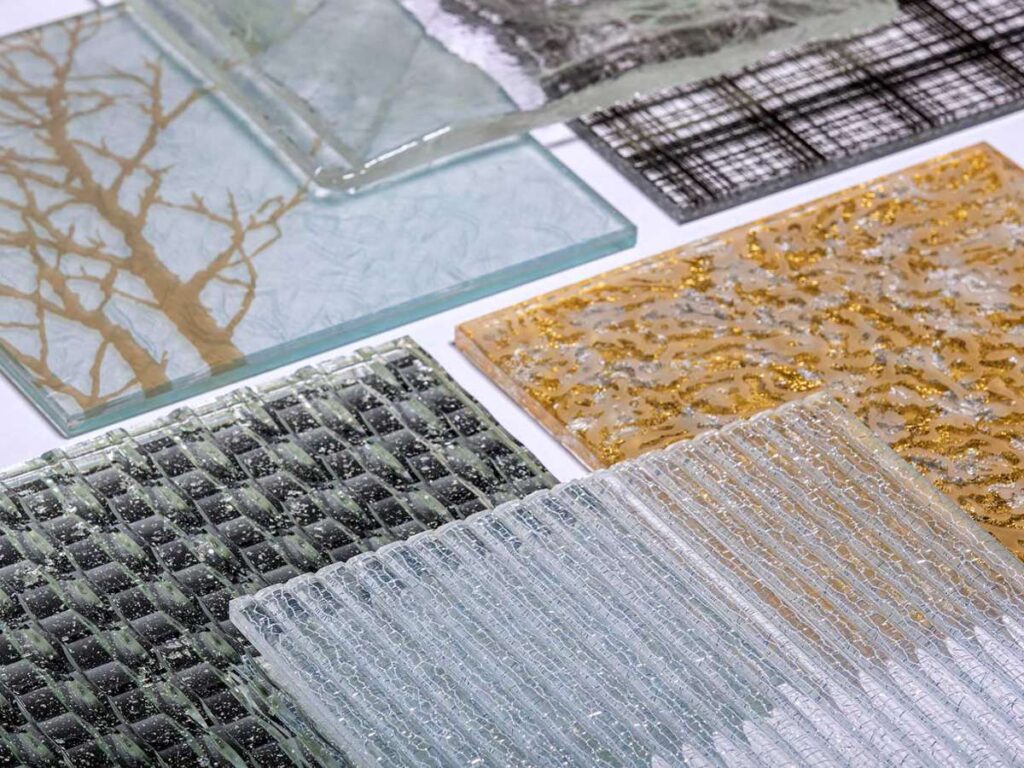
Energy-Efficient Glass
Energy-efficient glass is often made with double or triple panes. These layers can be filled with insulating gas or coated to reduce heat transfer. This means your building stays cooler in summer and warmer in winter. I have noticed a difference in comfort in spaces where insulated glass was used, especially in climates with extreme temperatures.

5. Door Configuration & Sizing Choices
Door configuration refers to how a door is arranged: the number of panels, the direction it swings, and whether it includes extra glass elements like sidelights or transoms. Glasscraft offers many configurations and size options so you can match the style and function of your space. The right setup can improve traffic flow, allow in more light, and create a stronger visual presence.
Single And Double Doors
- Single Door: A single panel that works well for smaller entryways or interior spaces. It saves space and keeps installation simple.
- Double Doors (French Doors): Two panels that open from the center. These are ideal for creating a wide, inviting entry and work beautifully in villas or boutique hotels.
Doors With Sidelights And Transoms
- Sidelights: Narrow vertical glass panels placed beside the main door. They brighten interiors without increasing the main door’s width.
- Transoms: Horizontal glass panels above the door. I once worked on a greenhouse where a transom brought in extra sunlight without changing the door’s overall height.
Custom Widths And Heights
- Standard Sizes: Typically 36 inches wide and 80 inches tall, suitable for most residential projects.
- Oversized Options: Taller or wider doors that make a dramatic statement, often chosen for hotel entrances or large residential properties.
Swing Direction
- Inward Swing: The door opens into the building, which works well in areas protected from heavy wind or rain.
- Outward Swing: The door opens away from the building, useful for saving interior space.
- Hinge Placement: Left or right hinge placement affects how people move through the entry and should be planned with surrounding furniture or structures in mind.
The right configuration and size can turn a door into more than just a passage. In my experience, it becomes an architectural feature that adds both function and style to the space.

6. Finish Options & Customization
A door’s finish is the surface treatment that affects its color, texture, and wear. Customization allows you to adjust the look, feel, and performance of the door, so it fits your project. Glasscraft offers a wide selection of finishes and design choices, making it easier to match doors with different architectural styles. From my experience, the right finish can make a standard door look like it was made for the space.
Stain Finishes
- Wood Stains: Applied to highlight the natural grain of wood doors, giving them depth and richness. They work well in villas and traditional properties where a warm, natural tone is desired.
- Fiberglass Stains: Designed to mimic the look of real wood on fiberglass doors. I have seen these in hotels where the durability of fiberglass was needed, but the look of wood was preferred.
Paint Finishes
- Solid Colors: Great for matching existing trim or making a bold statement. A painted steel door can instantly modernize an entryway.
- Weather-Resistant Coatings: Formulated to protect the door from fading, peeling, or chipping in harsh climates.
Decorative Accents
- Glass Inserts: Available in different shapes, patterns, and transparency levels to suit privacy and style needs.
- Iron Grilles: Added over glass for an ornate or security-focused detail. I have worked on B&B projects where grilles gave the entrance a classic charm.
Custom Sizes And Designs
- Non-Standard Dimensions: Made to fit unusual openings or to create a grand entrance.
- Special Orders: Include specific panel layouts, custom carvings, or themed designs to match a property’s character.
The right finish and customization can turn a functional door into a standout feature. In my experience, it is often the small design choices that leave the biggest impression.

7. Safety Features to Look For
Safety features are built-in elements that help protect people, property, and valuables. In a door, these features can include the materials, locks, glass type, and the way the frame is constructed. Glasscraft offers several safety-focused options that can be matched to the door type you choose. In my experience, adding these early in the design stage saves time and gives you peace of mind once the door is in place.
Strong Core Materials
- Solid Wood Cores: Heavy and dense, making it harder to break through. I have seen these used in luxury villas where security was just as important as appearance.
- Steel-Reinforced Fiberglass: Combines the look of fiberglass with the strength of metal, adding an extra layer of protection.
Secure Locking Systems
- Multi-Point Locks: Engage at multiple spots along the door frame. This makes it more difficult for someone to force the door open.
- Heavy-Duty Deadbolts: Provide a simple but strong locking option for both residential and commercial settings.
Impact-Resistant Glass
- Tempered Glass: Treated to be stronger than standard glass and designed to break into small, blunt pieces if shattered.
- Laminated Glass: Layers of glass bonded together with a film that holds pieces in place after impact. I once supplied laminated glass doors for a beachfront property that needed both safety and wind resistance.
Weather And Fire Safety
- Fire-Rated Doors: Built to slow the spread of fire for a specific amount of time, giving people more time to exit safely.
- Sealed Frames: Help prevent drafts and keep out smoke or water during emergencies.
The right safety features do more than protect against break-ins. In my experience, they add confidence for anyone using the space, whether it is a family home, a rental property, or a busy hotel. Vallisco offers a range of door options that can incorporate these safety elements, helping you create an entry that feels secure and welcoming.
8. Final Buying Tips for Your Next Door Project
Choosing the right door is a decision that affects more than just appearance. It influences security, comfort, and how people experience your space every day. With Glasscraft offering so many styles and materials, the process can feel overwhelming at first. I have found that starting with practical needs makes the choice much clearer.
Match The Material To The Location
Wood works well in covered entries or moderate climates where it will not face constant moisture or strong sunlight. Fiberglass is a better choice for areas with high humidity, coastal air, or frequent temperature changes. Iron makes sense when security is a priority or when you want an entrance that stands out as a bold design element.
Choose The Right Glass And Hardware
The glass style can affect both the light and privacy inside. Frosted or textured glass gives brightness while blocking direct views. Hardware, from locks to handles, should be easy to use and complement the building’s style. I have seen an entry completely transformed just by upgrading to well-designed handles and matching hinges.
Daily Use And Long-Term Value
Swing direction can greatly affect how a space works. I’ve seen the wrong hinge cause daily frustration. Wood may need care, while insulated glass improves efficiency. With the right balance of function and style, a door becomes part of your property’s identity, and companies like Vallisco offer options to suit many projects.
Conclusion
We’ve walked through what Glasscraft offers, from wood, fiberglass, and iron doors to glass styles, finishes, and safety features. You now know what works best, where each option shines, and how to match it to your project.
I’ve seen the difference the right choice makes it changes how a space feels and lasts for years.
So why wait? Your next door could be more than an entry it could be your property’s statement piece.
Which style speaks to you most? Let’s bring your vision to life.
Explore More of Our Resources
If you’re searching for more choices, explore our full collection of products. We’ve picked out some great options for you:
Still haven’t found what you’re looking for? Don’t hesitate to contact us. We’re available around the clock to assist you.



